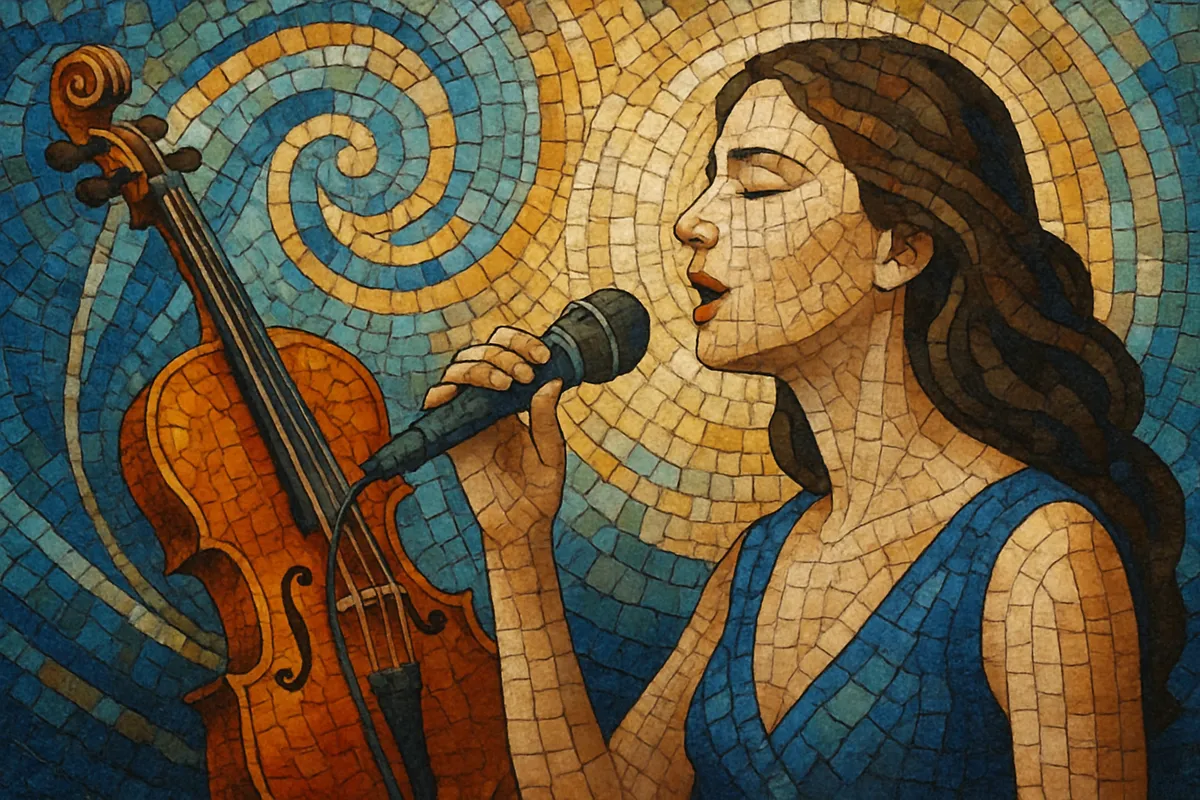
Classical crossover blends elements of Western classical music with popular styles to create accessible, cinematic, and vocally forward repertoire. It typically keeps classical vocal technique or orchestral timbres while adopting pop song structures, contemporary production, and ear‑catching hooks.
Arrangements often feature lush strings, piano, and choir, with dramatic dynamic arcs and key changes. Repertoire may include pop-influenced originals, classical themes with new lyrics, and reinterpretations of opera arias or film melodies, frequently sung in English, Italian, or Latin.
The genre is designed for broad appeal without abandoning the polish and gravitas of classical performance, bridging concert hall aesthetics and mainstream listening contexts.
Crossover between classical and popular idioms existed throughout the 20th century: light orchestral albums, easy listening string projects, and occasional opera/pop collaborations. Milestones such as Mantovani's orchestral recordings, "Hooked on Classics" (1981), and popular tenor features hinted at a market for classical sounds packaged for mainstream audiences.
The term "classical crossover" coalesced in the 1990s as labels in the UK and US built dedicated chart categories and marketing lines. Sarah Brightman's theatrical projects and her duet "Time to Say Goodbye" (with Andrea Bocelli) became global touchstones. The Three Tenors phenomenon (from 1990) showed mass appetite for operatic voices in popular settings, while Vanessa-Mae and Bond modernized violin quartet/solo formats with pop beats.
Major labels developed a clear playbook: polished arrangements, multilingual repertoire, and TV tie-ins. Artists like Josh Groban, Il Divo, Katherine Jenkins, Russell Watson, and Hayley Westenra reached international charts. Television talent shows introduced new voices (e.g., Paul Potts, Jackie Evancho), and Christmas/film-themed releases became seasonal staples.
Streaming broadened the audience via playlists that sit between pop, film score, and modern classical. Production adopted cinematic sound design and subtle electronics, while repertoire expanded to include contemporary film themes, crossover originals, and reimagined classics. Live shows often mix symphonic backing with band rhythm sections, enhancing accessibility without abandoning classical vocal/instrumental technique.

